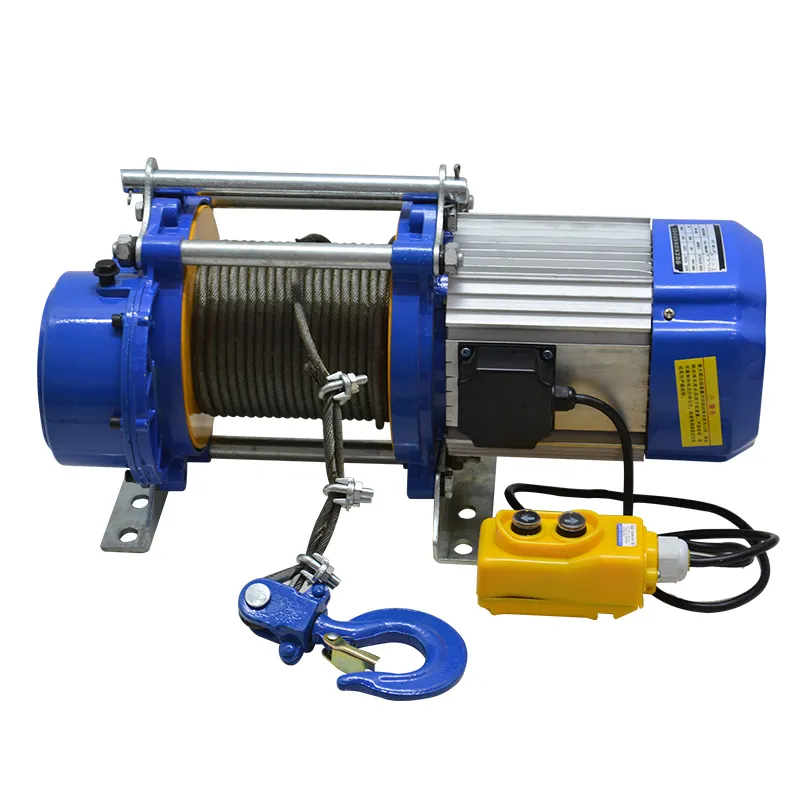


Understanding Fall Arrest Systems A Critical Component of Workplace Safety
In industries that require work at heights, the importance of safety cannot be overstated. One of the most effective measures for preventing fall-related injuries is the implementation of a Fall Arrest System (FAS). This system is designed to protect workers who are at risk of falling from elevated surfaces, such as rooftops, scaffolding, and ladders. By understanding the components and proper usage of fall arrest systems, employers can enhance workplace safety and protect their employees.
A fall arrest system primarily consists of three components an anchorage, a body harness, and a connecting device. The anchorage is a secure point to which the system is attached, providing the necessary support to stop a fall. It could be a structural element of a building, such as a beam or a designated anchor point specifically designed for fall protection. The body harness is worn by the worker and is designed to distribute the force of a fall across the body, reducing the risk of injury. Finally, the connecting device, which often includes lanyards or retractable lifelines, links the harness to the anchorage point, allowing for mobility while ensuring safety.
The correct use of fall arrest systems can mean the difference between life and death in hazardous work environments. However, for these systems to be effective, it is crucial that they are properly installed, maintained, and inspected regularly. Before any work begins, employers should conduct thorough inspections of all fall arrest equipment to ensure its integrity. Any worn or defective equipment should be replaced immediately to maintain safety standards.

Furthermore, training plays a vital role in the effective implementation of fall arrest systems. Workers must be familiar with how to use the equipment correctly and understand the importance of following safety protocols. This includes knowing how to don and doff the harness safely, recognizing fall hazards in their work environment, and understanding what to do in case of a fall. Regular safety drills and refreshers can reinforce this knowledge and ensure that workers remain vigilant and prepared.
While fall arrest systems are essential in preventing severe injuries from falls, they are not the only safety measure that should be employed. Employers should adopt a comprehensive fall protection plan that includes other strategies such as guardrails, safety nets, and proactive hazard assessments. A multi-faceted approach to safety, coupled with a strong culture of safety awareness, can significantly reduce the risks associated with working at heights.
In conclusion, fall arrest systems are a critical tool in safeguarding workers who are exposed to fall hazards. By ensuring that these systems are correctly implemented, maintained, and integrated into a broader safety strategy, employers can significantly minimize the risk of falls and protect their employees. The commitment to safety not only fosters a more productive work environment but also demonstrates an organization's dedication to the welfare of its workforce. As industries continue to evolve, prioritizing safety through effective fall protection measures will remain paramount.



